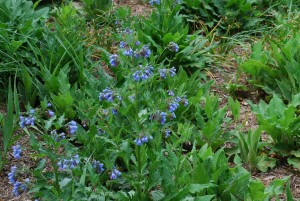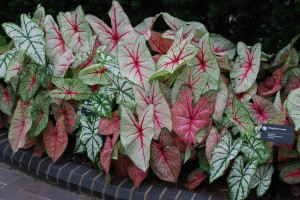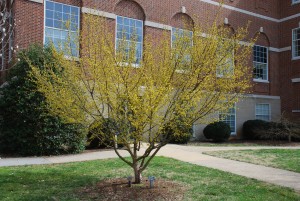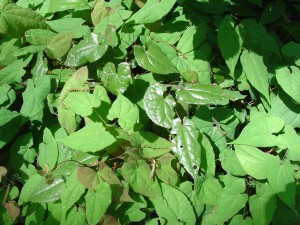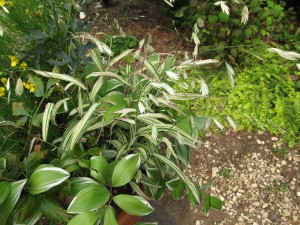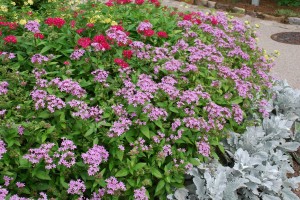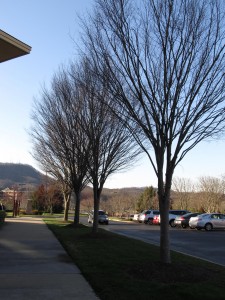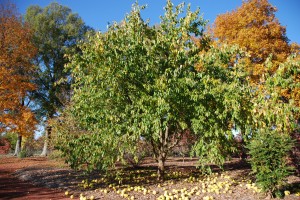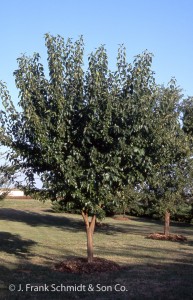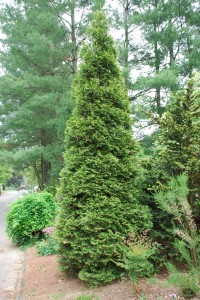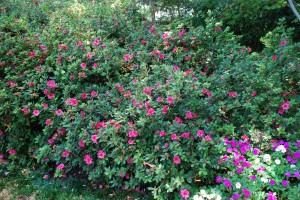In early spring Virginia bluebells (Mertensia virginica) is an ephemeral woodland wildflower. In early April their lovely presence is to be enjoyed for a short 8-10 week period. Clusters of pinkish-blue nodding buds burst forth into soft pastel blue flowers. Gradually, the bell -shaped flowers age to pale pink hues. The lovely blue flowers are a perfect foil against the pale green foliage beneath. Plants grow in partial to full shade to 18 to 24 inches tall and 12 to 18 inches wide.
Plant tubers purchased from mail order nurseries in the autumn as you would tulips or daffodils. Space them 2 feet apart. Virginia bluebells will bloom next spring. Flowers attract early arriving butterflies and hummingbirds. Plants fade away in late May until next spring.
Mark the garden spot where they are planted. Space the plants about 2 feet and more apart. Bluebells will spread by seed and form small colonies.
Virginia bluebells rarely need fertilizing. They usually receive adequate nourishment in moist, slightly acidic, compost rich soil. When necessary, water plants when in flower. Often, plants bloom sparsely the first year after planting, and alot better in subsequent years.
You may interplant with other shade inhabitants such as ferns, foam flowers (tiarellas), lungworts (Pulmonaria spp.), hostas, and brunneras which may compete for open ground formerly occupied by the bluebells.
‘Alba’ is a white-flowering cultivar that mixes nicely with the traditional blue flowers, but it may be hard to find.

